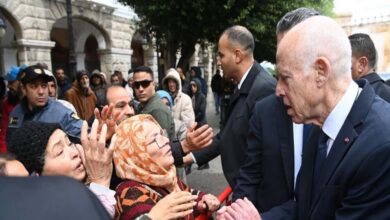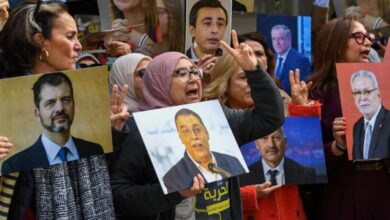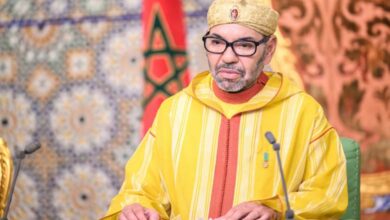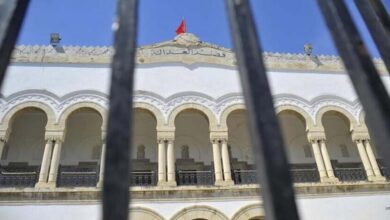After three months of Hurricane Daniel… What are the latest developments in Derna?
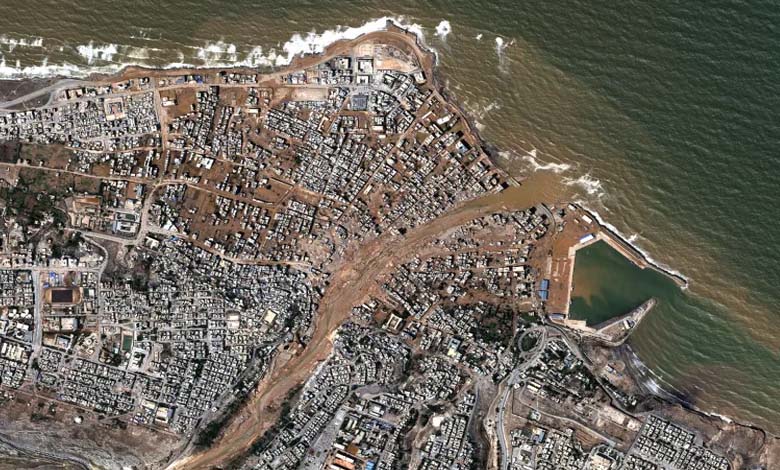
A humanitarian catastrophe struck Libya three months ago, proving to be deadly and submerging half of the city of Derna under the waters of the Mediterranean Sea. Derna, a city overlooking the Mediterranean, was one of Libya’s most important cities and faced the strongest hurricane to hit the region in years due to climate change.
Massive floods destroyed everything in the city, leading to infrastructure collapse and causing more than 20,000 deaths. The city experienced comprehensive destruction akin to a nuclear bomb.
What happened on September 10?
Storm Daniel hit northeastern Libya on September 10, accompanied by strong winds and sudden heavy rains, resulting in massive floods, thousands of casualties, widespread destruction, and significant damage to infrastructure, including the collapse of dams near Derna, causing floods that engulfed entire neighborhoods.
The Libyan Red Crescent teams and volunteers were the first to respond, evacuating people, providing first aid, conducting search and rescue operations. The International Federation quickly allocated resources through the Emergency Disaster Relief Fund, followed by an emergency appeal to support the Libyan Red Crescent in providing emergency shelter, psychosocial and social support, healthcare, clean water, and food for affected communities. Teams tirelessly worked to help people reconnect with their families.
However, there are still many needs as many people remain homeless, and the psychological and economic impact persists.
The response of the Libyan Red Crescent has inspired support from the entire International Red Cross and Red Crescent Movement. What happened in Derna should serve as a “wake-up call” to the world about the increasing threat of catastrophic floods in a climate-changed world.
The disaster after three months
Recently, after three months, the U.S. Embassy in Libya announced that the aid provided by the United States to Libya after the floods in Derna exceeded 15.5 million dollars. The U.S. commitment continues to stand by the residents of Derna and other Libyan communities affected by Hurricane Daniel, including 45,000 displaced individuals.
Libya, after three months of destructive floods, witnessed the displacement of thousands of residents to other cities after about 24% of the city was submerged in water. According to official government statements, the International Organization for Migration stated that about 43,000 people fled Derna after the storm “Daniel.”
The displaced are facing difficult living and humanitarian conditions, especially with winter approaching. Many, especially children who have not attended school, are suffering in a country experiencing fundamental political disputes, and the natural disaster has made things even more challenging for citizens.
Ali Ghorour, the mental health and social support coordinator at the Libyan Red Crescent, says that all segments of Derna’s population, including Libyan Red Crescent volunteers, need support. People now associate rain with death, and the social reality has changed after the recent floods.
Ghorour added that Derna will not return to its previous state, as entire buildings are now underwater. The disaster has made more than 40% of the city disappear, and bodies continue to resurface three months later.
Libyan activist Osman Al-Meer Al-Senussi believes that the reconstruction of Libya faces political division with two different governments, the main obstacle in the reconstruction file. Executive and political division has directly impacted the complete reconstruction path of the city of Derna. Until now, the city has only witnessed false promises.
Al-Senussi added that a comprehensive plan must be put in place to deal with heavy rain in the country, to avoid the catastrophic effects caused by the Mediterranean storm Daniel last September, which may recur amid climate change.





